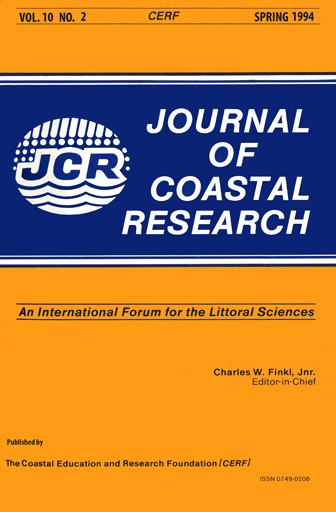Biological Indicators of Relative Sea-Level Variations and of Co-Seismic Displacements in the Mediterranean Region
Keywords:
Sea-level, biological indicators, neotectonics, seismicity, Holocene, MediterraneanAbstract
During a study of more than ten years in tectonically active regions of the eastern Mediterranean coast notably in Greece, Turkey and Syria as well as in so-called "stable" areas of the western Mediterranean area, we have made a wide use of biological sea-level indicators (BioS.L.I.) as markers of past sea-levels. These are mainly coralline algae and invertebrates whose skeletons are well preserved as in the case of a rapid uplift of the coast, but much less so in the case of slow elevation or of submersion, whatever the velocity of the displacement. BioS.L.I. include reef-building species as well as solitary forms and boring species. Some BioS.L.I. are best adapted to the detection of slow relative movements (tectonic or eustatic) whereas others allow an accurate reconstitution of very rapid, co-seismic elevations or (more rarely) submergences. Examples put into evidence the ability of BioS.L.I. for the reconstitution of rapid and complex vertical relative movements as well as for simple monitoring of sea-level on coasts subjected to severe seismic hazard. A specific approach allows a comparative study of the possibilities offered by the principal species which may be used as BioS.L.I. in the Mediterranean area.


